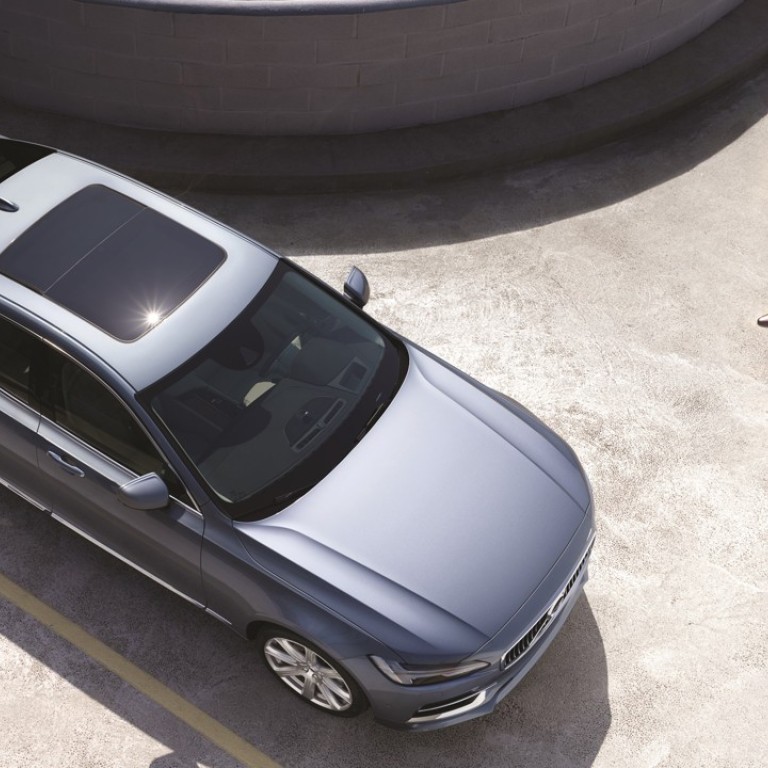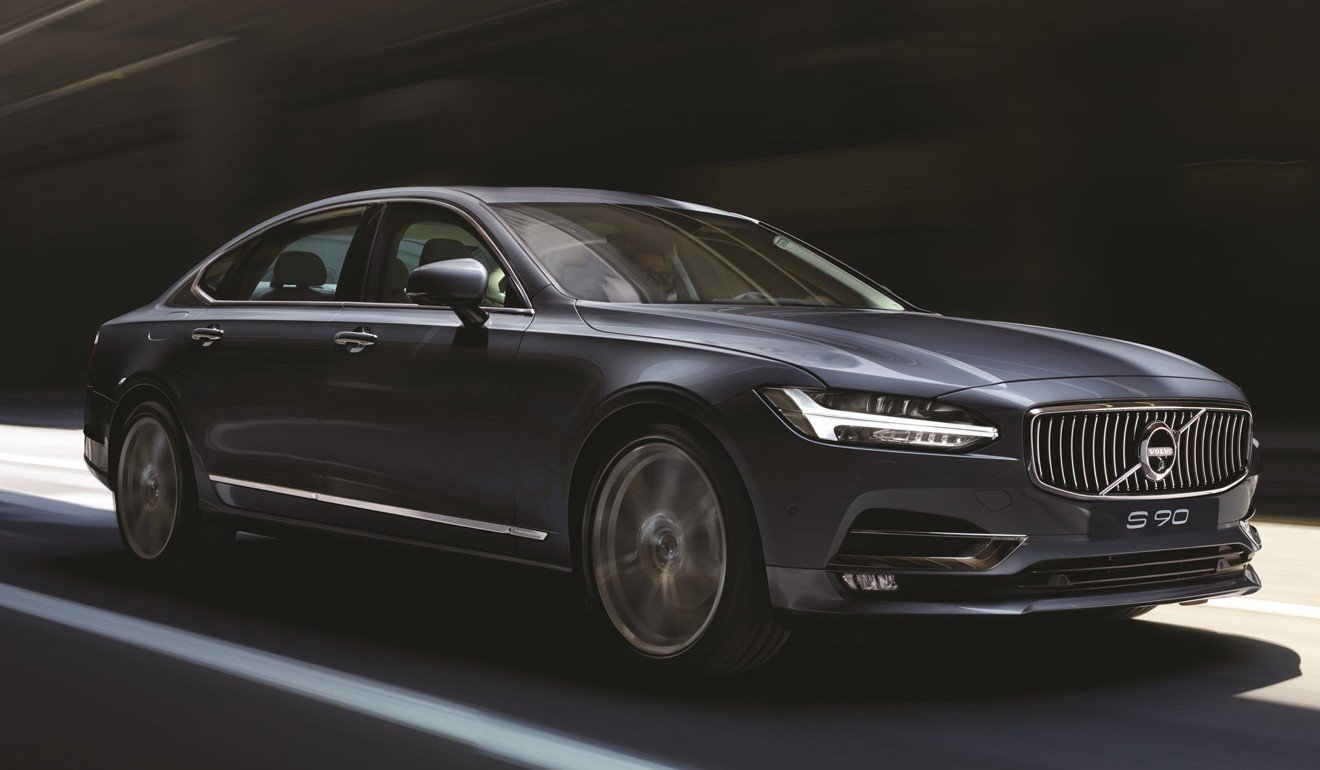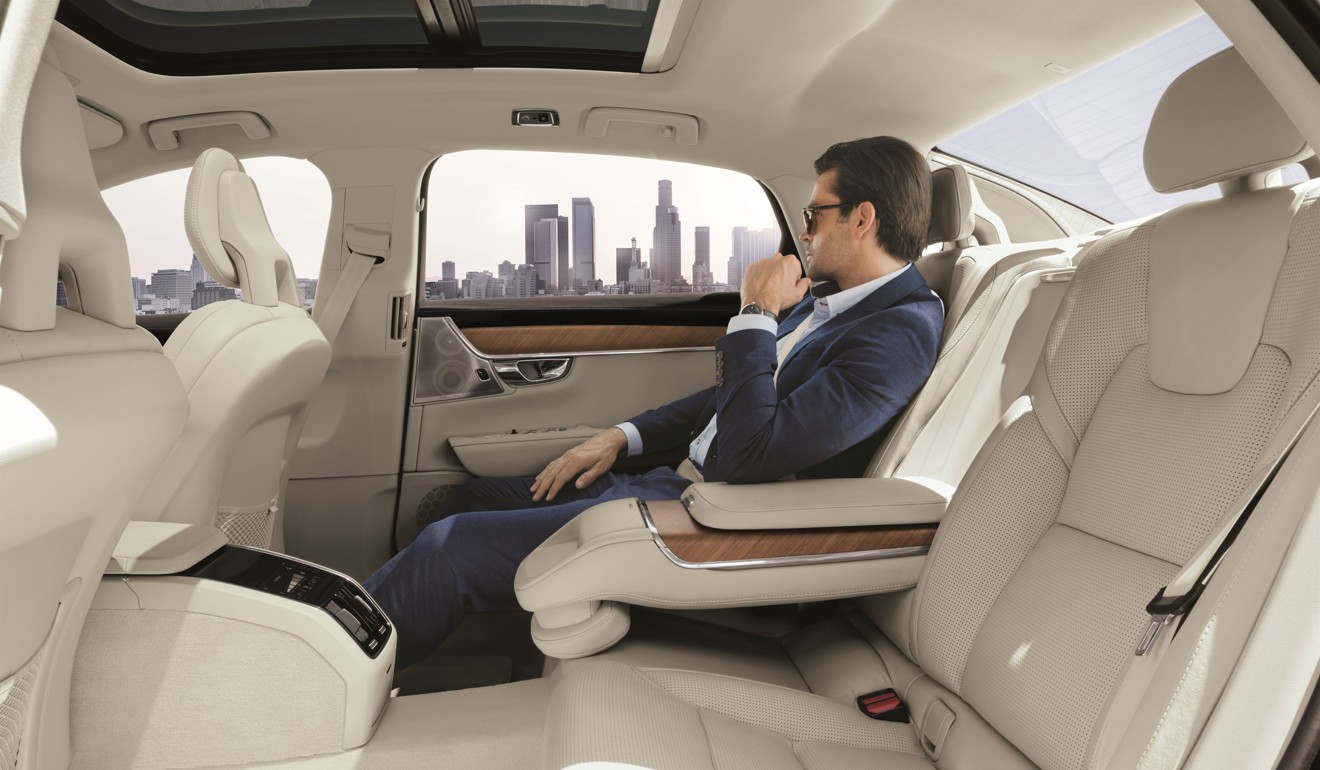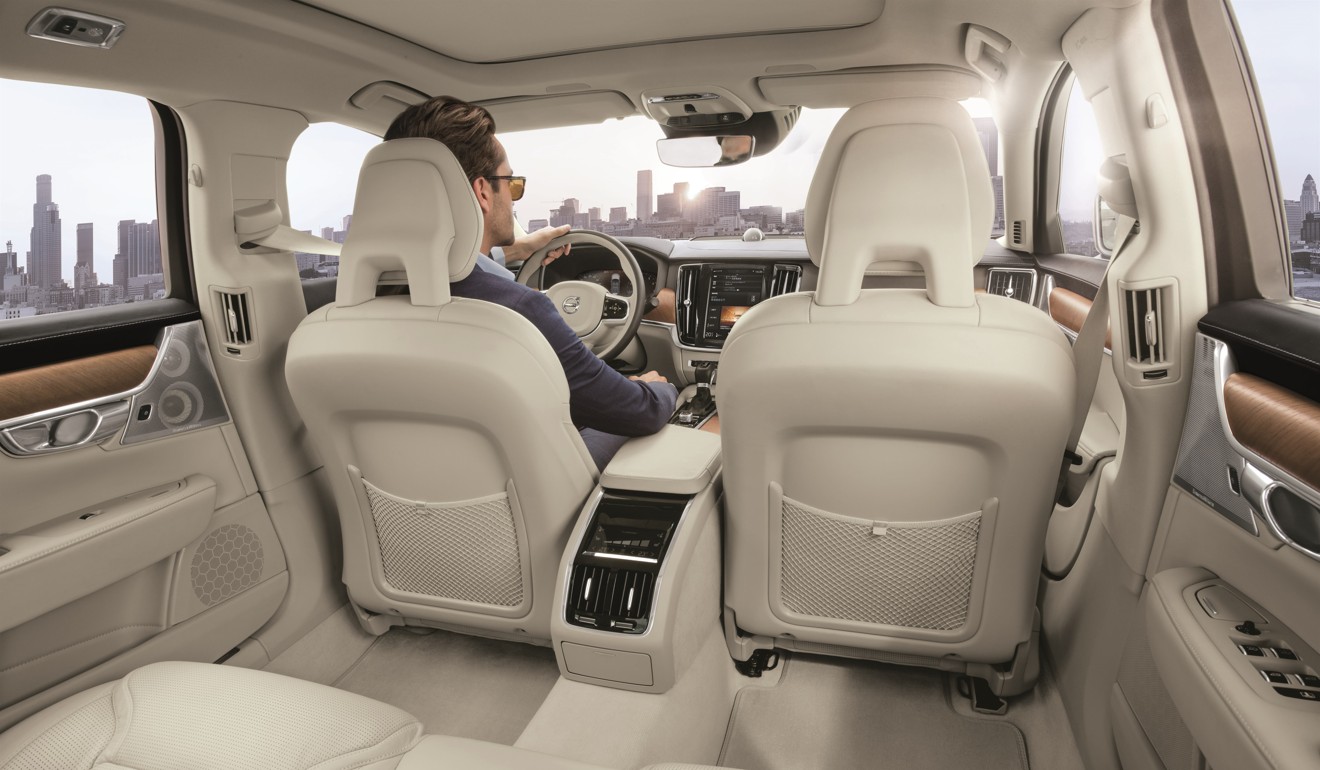
Volvo’s Daqing-made long-wheelbase S90 could well challenge German luxury dominance and proves a top-notch executive ride
Swedish marque’s flagship has longer rear doors, fine connectivity in a well-appointed cabin, and all the power you need for sedate cruising
Several doubts were raised in the car world when China’s Geely Holdings bought Volvo in 2010.
The low-cost Chinese manufacturer until a few years prior had garnered a reputation for poorly built cars with heavily inspired designs.
At the time, Chinese companies such as SAIC/Nanjing Autos had achieved little with their takeovers of western marques, such as MG Rover.
Despite some initial tension between the Chinese and Swedish sides on their future direction, Volvo was largely left to manage itself while being given a considerable shot in the arm of research and development capital.
This came to fruition in the XC90. The S90 follows on with the same design architecture and delivers on the Chinese wish for cars to tackle the German dominance of the nation’s premium sector.
A 12cm addition to the wheelbase in China is the main weapon in the armoury in a segment that demands stretched cars. Externally with its longer rear doors, it gives the long-wheelbase version of the S90 a more balanced look, and an increase in roof space allows the fitting of a panoramic sunroof.
Volvo seems to be the first manufacturer to truly integrate Chinese factories into its global capacity rather than solely use them to satisfy local demand.

The first example was the S60L, launched in the US as the S60 Inscription in 2015, and the long-wheelbase S90 is set to follow, replacing the shorter European built example as the 2018 Volvo S90.
This summer, Volvo broke new ground in China’s “Belt and Road initiative”, when it redesigned car storage containers to carry about 120 Daqing-built (but standard-length S90s) at space-saving angles on a weekly pan-continental train to Zeebrugge.
The first China-made S90s arrived on May 31, to coincide with Prime Minister Li Keqiang’s visit to Belgium.
This long-wheelbase version of the Volvo S90 priced at 551,800 yuan (US$82,680) is the marque’s “flagship” ride in China, however, and its quality is top notch.
This came to fruition in the XC90. The S90 follows on with the same design architecture and delivers on the Chinese wish for cars to tackle the German dominance of the nation’s premium sector
For the past five days, Volvo has allowed the South China Morning Post to test its showcase luxury saloon in Shanghai. So far, this Daqing-built test car has been a comfortable, airy drive on about 200km of some of China’s best and worst roads.
This morning, we are heading to the National Exhibition and Convention Centre Building, and much of the driving is on elevated roads. Up front, the interior carries over from the one first seen in the XC90. On our range-topping T5 Inscription test car, this means lots of walnut veneer trim and opulent deep brown Nappa leather.
The touchscreen display dominates the dashboard and controls most functions including climate and the heating and cooling of the front seats.
Surprisingly though, the Chinese version only includes Apple Carplay and neither the Android nor Baidu smartphone integration equivalents.

The infotainment system has multiple language settings and unusually this includes the navigation as well. However, trying to input addresses into the system proved problematic and slow with the system often failing to come up with the correct character in Chinese, and with an inability to predict text.
This two-tonne test car is said to reach 100km/h in 7.2 seconds and top at 230km/h. It’s all very refined in a reserved Scandinavian way. Added to the demure performance is the lack of paddle shifts; this is really a cruiser rather than a performance car
The 5.083m test car’s extra space goes to the back seats, where many purchasers will enjoy the car. Passengers in the rear right seat gain a phalanx of controls on the door armrest that allow them to power the front passenger seat away from them to create even more space, along with controls over the sunroof and rear compartments blinds.
While the rear seats do get a heating and cooling function, and are controlled from the panel on the back of the centre tunnel console, passengers surprisingly don’t get the massage function of the front seats.
At the bottom of the centre tunnel console is a standard Chinese three-prong 220V power outlet.
With 254 horsepower and 350Nm of torque on tap, the T5’s two-litre turbo engine on paper seems to have no shortage of power.
On the road, it never seems that quick, however. Even in the Dynamic mode of the eight-speed automatic transmission, you need to floor the pedal to get much response, and even then there is not much sound from the engine.
This two-tonne test car is said to reach 100km/h in 7.2 seconds and top at 230km/h. It’s all very refined in a reserved Scandinavian way. Added to the demure performance is the lack of paddle shifts; this is really a cruiser rather than a performance car.

The front-wheel-drive set up suggests the test car lacks the poise or road holding of some of the competition.However it delivers a comfortable ride, soaking up most bumps with ease. The suspension proves its worth in Pudong’s Zhangyang Road, which is partly under construction and full of potholes.
Higher seating positions mean you cannot see the top of the head-up display. The sheer size of the car can cause problems, particularly when parking. It has a large turning circle and in confined spaces the warning system continually screams about some side when trying to park. However the 360-degree view on the touchscreen is useful here.
The test car is fitted with an array of active safety devices. On a ramp up to a highway, a van made a sudden stop and the automatic braking cut in about the same time as we braked and another time when the car got too close to a side, it corrected itself.
The S90 lwb is one of the more distinctive and better looking cars in the sector. As a comfortable Scandinavian cruiser, it has a lot to offer. There is a bit more chrome bling than on the standard S90, to suit local tastes, along with features such as ashtrays in the rear doors, but it all remains tasteful.
It may not be the most exciting car to drive but Volvos never have been. One problem, though, is the very poor fuel economy. The best we saw was 13.5l/100km, but the test was done in high temperatures and mainly on inner city highways. Surprisingly though a Stop/Start system which would have helped reduce this figure appears absent.
Currently it is the most luxurious version of the S90 but soon an Excellence variant will take the mantle. This does away with the front passenger seat replacing it with a lounge console and swaps out the rear bench for two power adjustable seats – strangely still with ISOFIX points for a child seat. But then Volvo thinks of these little safety details.

